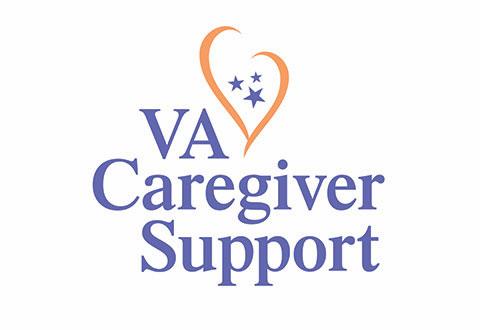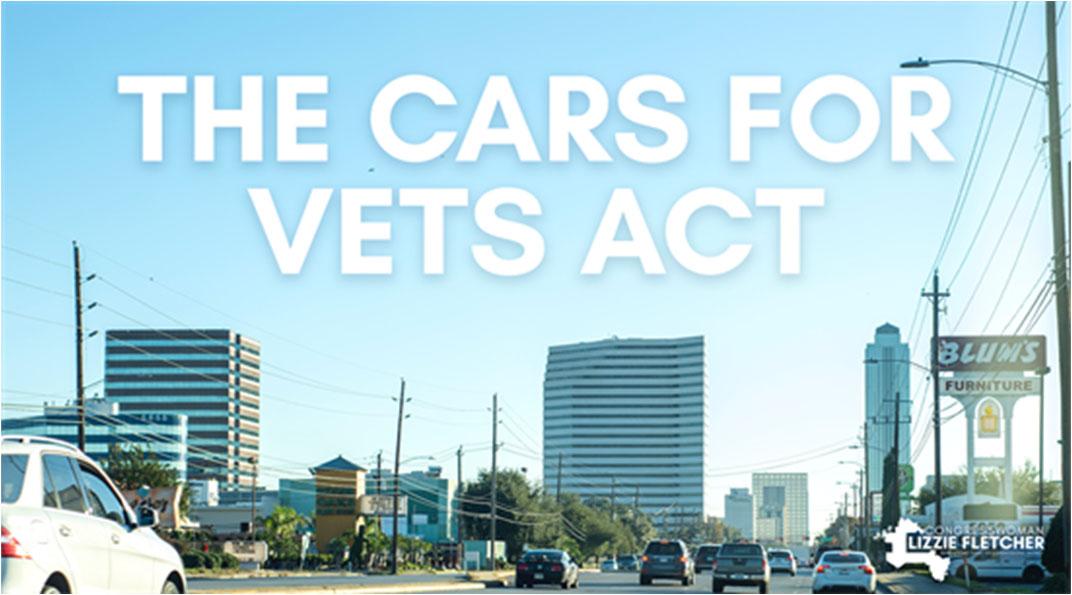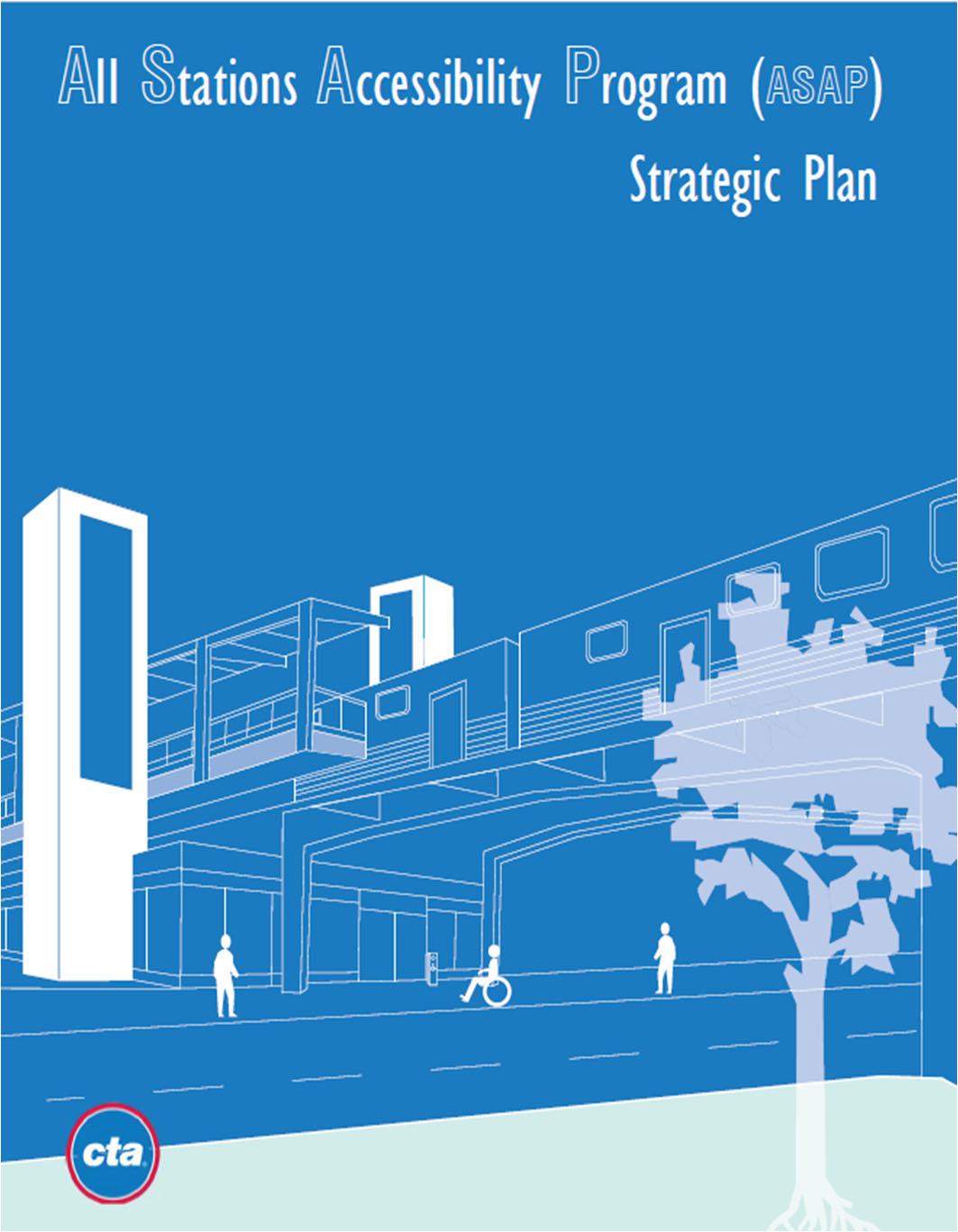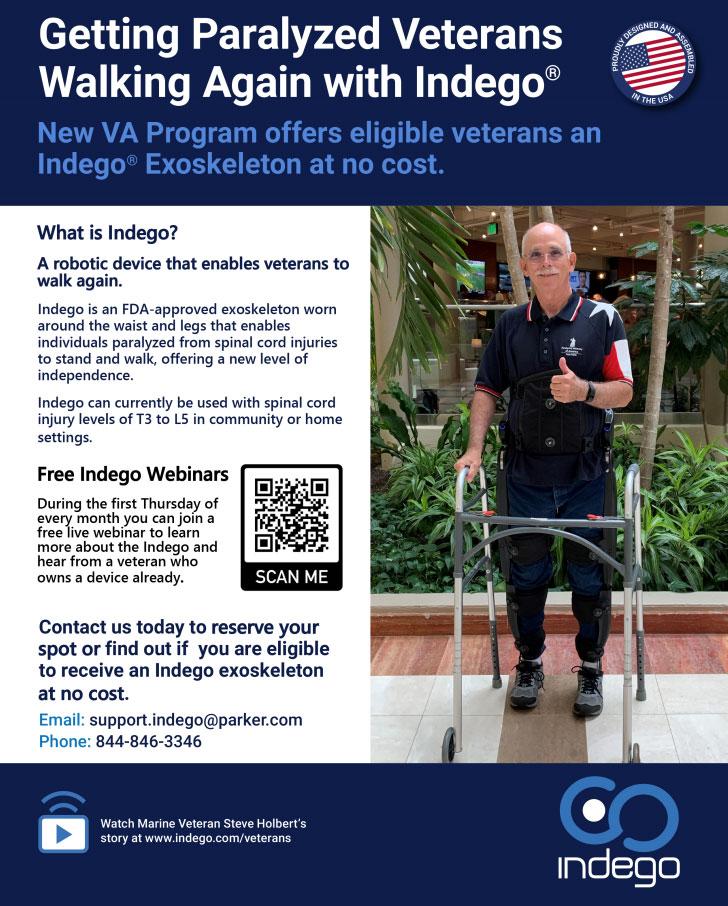
3 minute read
Washington Update
P AGE 18
Caregiver Expansion Update
Advertisement
By Joey Myers Government Relations Director
UPDATE ON VA COMPREHENSIVE FAMILY CAREGIVER EXPANSION
The rollout of the expansion of VA’s Program of Comprehensive Assistance for Family Caregivers (PCAFC) began on October 1, 2020. As of April 2021, VA reports having received over 70,000 applications. VA has acted on over 40,000 of those applications and 30,000 were pending further action. Of those reviewed, VA has approved 5,000 applicants and denied 38,000.
VA has provided several reasons for the denials. Some of the reasons given for denials at the time of intake are listed below:
7,500 applications or 19 percent were denied because they did not have a singular or combined
VA disability rating of 70 percent or greater. 5,800 applications or 15 percent were denied because their serious injury was not within the current eligibility dates (on or before May 7, 1975, and on or after September 11, 2001). 400 applications or one percent were denied because the individual does not receive care at home or will not do so if VA designates a Family
Caregiver.
VA provided some of the following reasons for denying applications based on assessment of the veteran by VA’s Centralized Eligibility and Appeals Team (CEAT):
12,100 applications or 31 percent were denied because the veteran did not require personal services for six months due to activities of daily living or supervision, protection or instruction needs.
2,900 applications or seven percent were denied because participation in the PCAFC was deemed not in the veteran’s best interest.
1,800 applications or four percent were denied because the veteran did not require personal care services that would be provided by the Family
Caregiver or such services would be simultaneously and regularly provided by or through others.
60 applications or one percent were denied because the caregiver was assessed to be not capable nor willing to provide the personal care services. If you have specific questions about your application, please contact your National Service Officer for assistance.

P AGE 19
Caregiver Expansion Cont.
By Joey Myers Government Relations Director
On May 19, Rep. Lizzie Fletcher (D-TX) and HVAC
Chairman Mark Takano (D-CA) introduced the Care
Access Resources (CARS) for Vets Act (H.R. 3304). This legislation would allow eligible service-connected veterans to receive an additional automobile grant if ten years have lapsed since their last grant. This legislation would also codify the provision of certain vehicle modification for veterans with non-serviceconnected qualifying conditions. More information about the CARS legislation is available at https://
fletcher.house.gov/news/documentsingle.aspx? DocumentID=3159. PVA supports both the CARS for Vets Act and the previously introduced AUTO for Veterans Act (H.R. 1361/S. 444)

SVAC HEARING REVIEWS GROWING BACKLOG OF VA CLAIMS AND EXAMS
The pandemic’s impact on the VA claims process has been unfortunate and significant. Prior to COVID-19, there were roughly 140,000 pending VA exam requests with an average of 21 days to completion and about 70,000 claims pending over 125 days. As of May 8, there were over 350,000 pending compensation and pension (C&P) exam requests with an average 90 days to completion and 191,647 of 526,616 pending claims over 125 days.
SENATOR DUCKWORTH INTRODUCES BILL TO MAKE LEGACY TRANSIT ACCESSIBLE
On May 18, Senator Tammy Duckworth (D-IL) introduced the All Stations Accessibility Program Act of 2021 or the ASAP Act (S.1680) with cosponsors Sherrod Brown (D-OH) and Bob Casey (D-PA). This measure would provide competitive grants to assist state and local governmental authorities in addressing the disability access needs of legacy rail fixed guideway public transportation systems. PVA supports this legislation because it would improve access to public transportation options for people with disabilities, including those who use assistive devices for mobility.

B UCKEYE B ANNER P AGE 20








